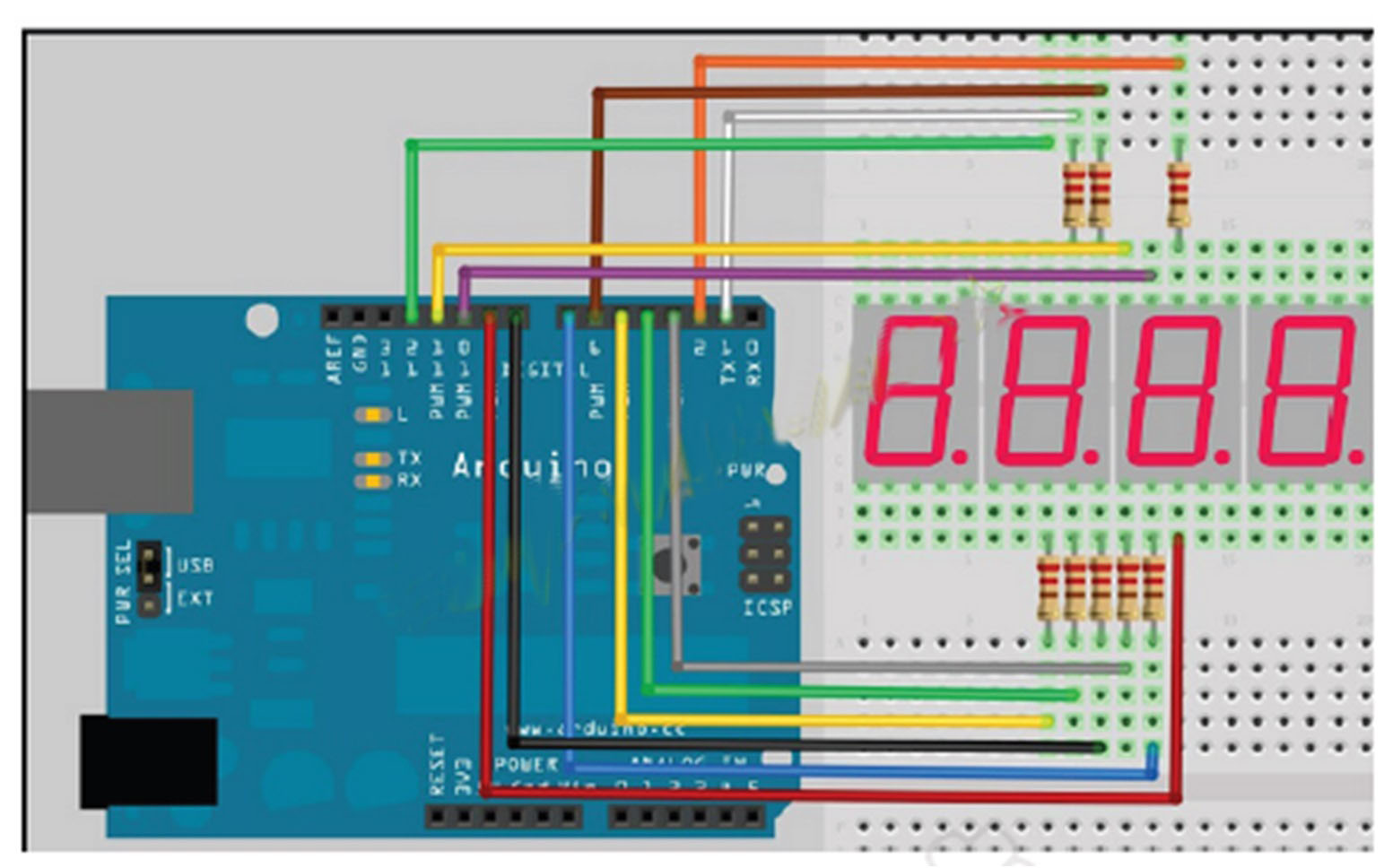

Understand why the code is called the Wire Library and not the I2C Library.Generally, we will change it as ….Arduino – 1.0.5\libraries as shown below.Now that we have a firm understanding of how we need to structure the signals to communicate with an I2C component, let’s look at the Arduino Wire Library that will actually manage all of that signaling for us. You can see the location of the library: File->Preferences->Sketchbook location, and can change the location. Now the zip file has been installed in your Arduino sketches directory.You should now see the library at the bottom of the drop-down menu. Return to the Sketch > Import Library menu.Here I select a library named smallePaper. You will be prompted to select the library you would like to add.Select “Add Library.” at the top of the drop down list. In the Arduino IDE, click Skietch->Import Library.And do not unzip the downloaded library, leave it as is. Take Arduino1.0.5 as an example, you can install a library in Arduino IDE. h file and often a keywords.txt file, examples folder, and other files required by the library. Or you can refer to another method to add libraries. It is very easy for you to add the libraries in this way! Then, click to open the libraries folder, you can directly add the libraries inside the folder. Here we will introduce the most simple way for you to add librariesĪfter download well the Arduino IDE, you can right-click the icon of Arduino IDE.įind the option "Open file location" shown as below. To use the additional libraries, you will need to install them. The built-in libraries and some of these additional libraries are listed in the reference. There are hundreds of additional libraries available on the Internet for download. For example, the built-in LiquidCrystal library makes it easy to talk to character LCD displays. Libraries are a collection of code that makes it easy for you to connect to a sensor,display, module, etc. You may want to extend the ability of your Arduino with additional libraries. Once you are comfortable with the Arduino software and using the built-in functions,


 0 kommentar(er)
0 kommentar(er)
